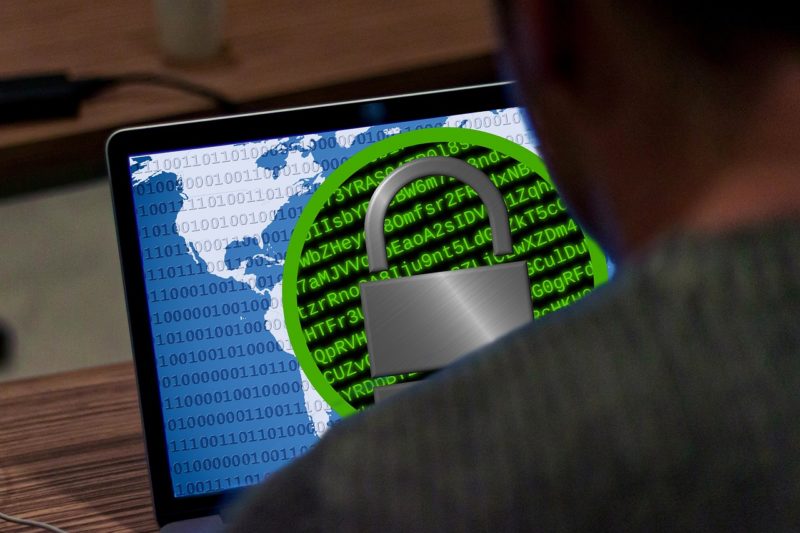Ransomware attacks have become increasingly common in recent years. These attacks involve a type of malicious software that encrypts a victim's files, rendering them inaccessible until a ransom is paid to the attacker. However, there are steps you can take to decrypt your files without paying the ransom. In this blog, we'll outline the process of decrypting files encrypted by ransomware.
Identify the type of ransomware
The first step in decrypting your files is to identify the type of ransomware that has encrypted them. This is important because different types of ransomware use different encryption methods, and therefore require different decryption methods. There are several online resources available that can help you identify the type of ransomware that has infected your system.
Check for decryption tools
Once you have identified the type of ransomware, you should check if there are any decryption tools available. Some ransomware decryption tools are available for free online, while others may require a fee. It's important to only download decryption tools from reputable sources, as downloading from untrusted sources can lead to further infections or compromise your system.
Backup your encrypted files
Before attempting to decrypt your files, it's important to create a backup of your encrypted files. This ensures that you don't lose any data in case something goes wrong during the decryption process.
Attempt decryption with a tool
If a decryption tool is available for the ransomware that has infected your system, attempt to use it to decrypt your files. Follow the instructions provided by the tool carefully, as any mistake could render your files permanently inaccessible.
Consider a professional decryption service
If you are unable to decrypt your files using a tool, consider seeking professional help. There are many companies that offer decryption services, but it's important to research them carefully before engaging in their services. Look for companies that have a good reputation and positive customer reviews.
Learn from the experience
Finally, it's important to learn from the experience and take steps to prevent future ransomware attacks. Regularly backing up your files, keeping your operating system and software up to date, and using a reputable antivirus program are all important steps you can take to protect yourself from ransomware attacks.
Decrypting files encrypted by ransomware is a complex process that requires careful consideration and attention to detail. However, with the right tools and resources, it is possible to decrypt your files without paying a ransom. Remember to always back up your files, be cautious when downloading decryption tools, and seek professional help if needed.

